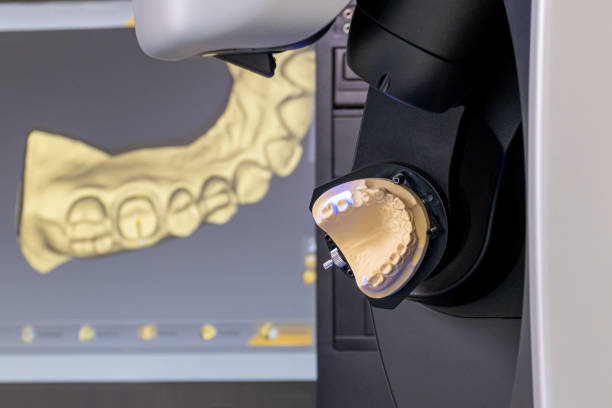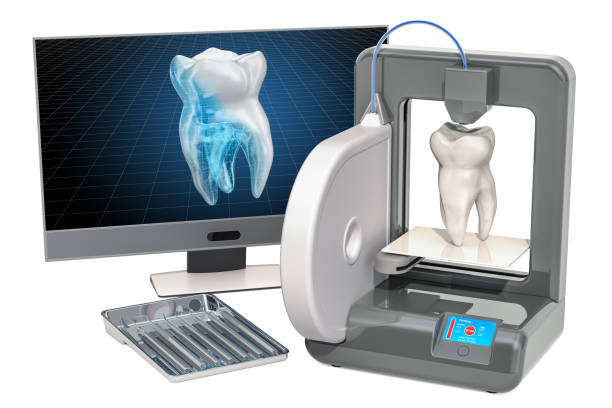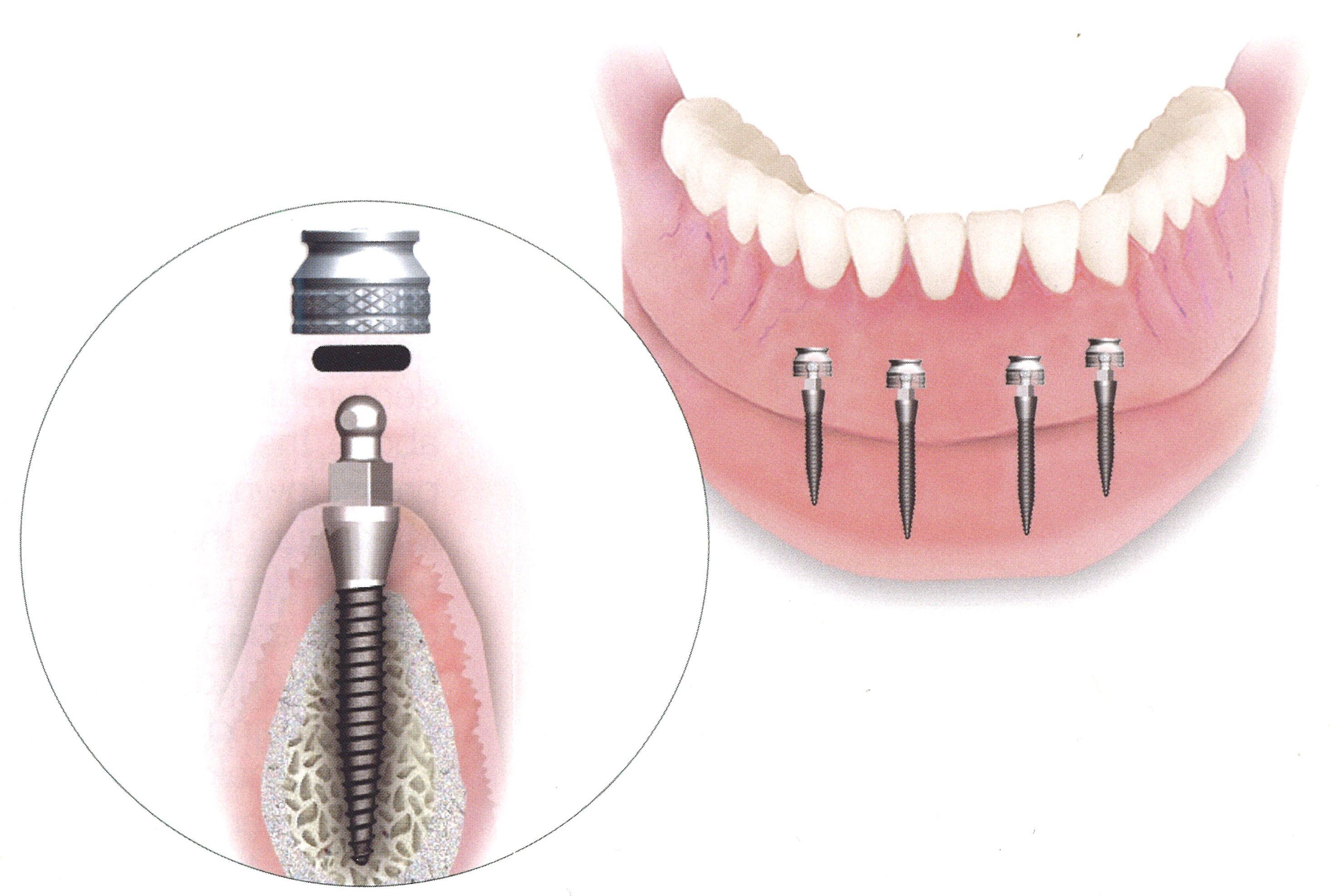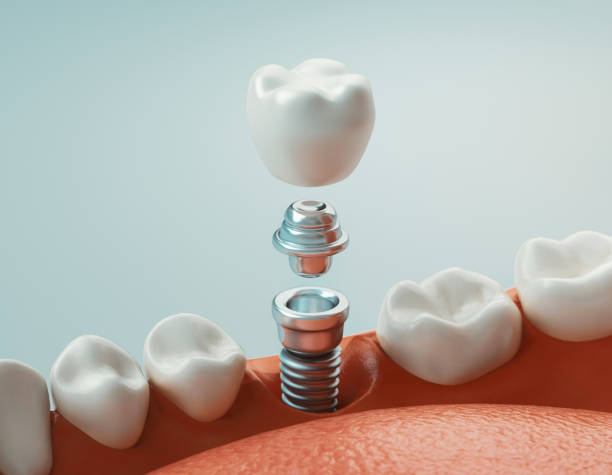Dental implants have revolutionized the field of dentistry, providing a permanent and effective solution for missing teeth. With the latest advancements in dental implant technology, there are now even more options available to patients, providing improved durability, stability, and comfort.
New Materials of Dental Implants
One of the most significant advancements in dental implant technology is the use of new materials. Traditional dental implants are typically made of titanium, but newer materials such as zirconia and ceramic have been developed, offering improved biocompatibility and aesthetic appeal. These materials also have the potential to reduce the risk of implant failure and improve overall patient satisfaction.
CAD/CAM Technology in Dental Implants
CAD/CAM technology has also greatly improved the placement and restoration of dental implants. This technology allows dentists to create a 3D model of the patient's mouth and use computer software to design an implant that is customized to the patient's unique needs. This results in a more precise and accurate placement of the implant, leading to improved stability and success rates.

Guided Implant Surgery: Precision and Accuracy in Dental Implant Placement
Guided implant surgery is another advancement in dental implant technology that has greatly improved the placement of dental implants. This technique involves the use of computer-guided software to create a surgical guide that directs the placement of the implant with greater accuracy and precision. This technique can also reduce the risk of complications and improve the overall success rates of dental implants.
Advancements in Bone Grafting Techniques for Dental Implants
Advancements in bone grafting techniques have also improved the success of dental implants. Bone grafting involves adding bone material to the jawbone to provide a stable foundation for the implant. With the latest advancements in bone grafting techniques, dentists can now use materials such as stem cells and growth factors to promote faster and more effective bone growth, improving the success of dental implants.
3D Printing Technology and Dental Implants: Improving Accuracy and Precision
3D printing technology has also greatly improved the accuracy and precision of dental implant placement. With 3D printing, dentists can create a physical model of the patient's mouth, which allows for a more accurate and precise placement of the implant. This technology also allows for greater customization of the implant, leading to improved comfort and aesthetic appeal.

Implant Surface Technology: Improving Stability and Success Rates
Implant surface technology has also seen advancements in recent years. New implant surfaces have been developed that promote greater bone growth and improved stability. These surfaces can also reduce the risk of implant failure and improve overall patient satisfaction.
Virtual Reality Technology in Dental Implant Placement
Virtual reality technology is another advancement in dental implant technology that is being used to simulate dental implant placement. With virtual reality, dentists can practice implant placement in a realistic and safe environment, allowing them to hone their skills and improve their techniques. This technology can also be used to help patients better understand the implant placement process and what to expect during the procedure.
Mini Dental Implants: A More Comfortable and Convenient Option for Tooth Replacement
Mini dental implants are another advancement in dental implant technology that can provide a more stable and comfortable alternative to traditional implants. These smaller implants can be used in areas where traditional implants are not feasible or can provide additional support for dental bridges or dentures.

New Implant Designs
New implant designs have also greatly improved the durability and longevity of dental implants. These designs can provide greater stability and support for the implant, reducing the risk of implant failure and improving overall patient satisfaction.
Implant-supported dentures are another advancement in dental implant technology that can provide a more stable and comfortable alternative to traditional dentures. These dentures are supported by dental implants, providing a more secure and stable fit, and can greatly improve the patient's ability to eat, speak, and smile with confidence.
Conclusion
In conclusion, with the latest advancements in dental implant technology, there are now even more options available to patients, providing improved durability, stability, and comfort. Consult with your dentist to determine the best option for your individual needs and enjoy the benefits of a permanent and effective solution for missing teeth.



